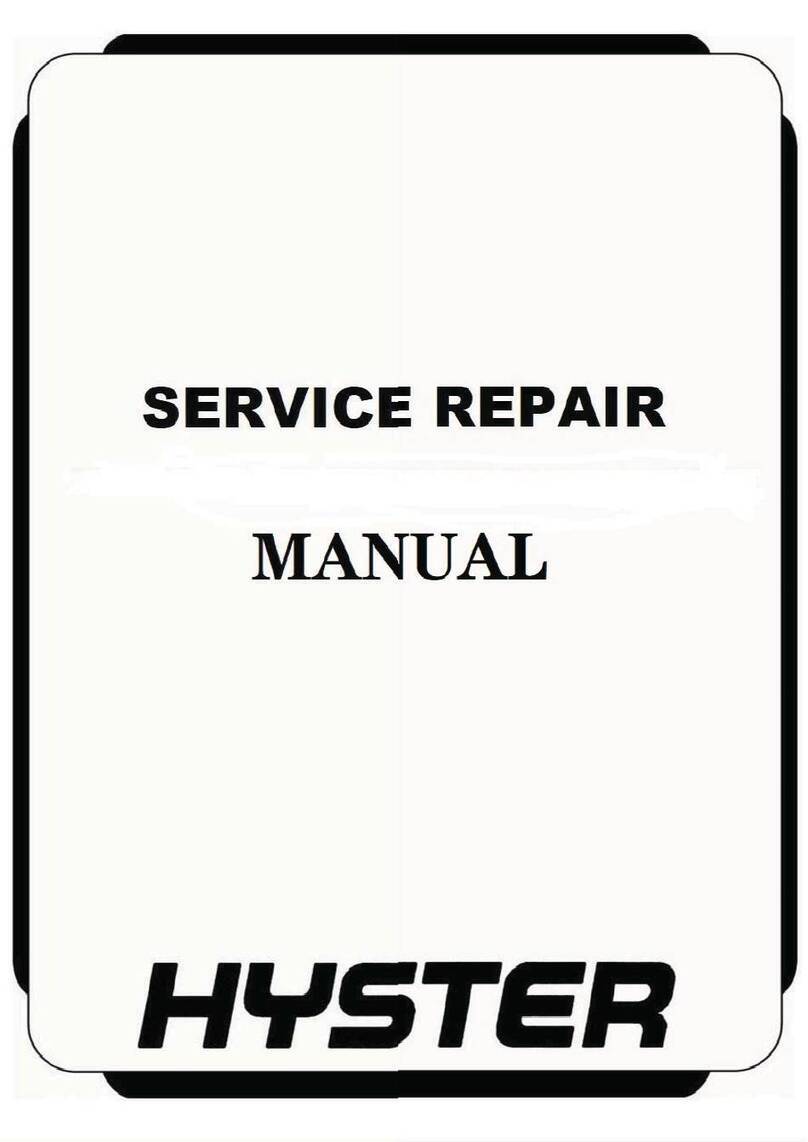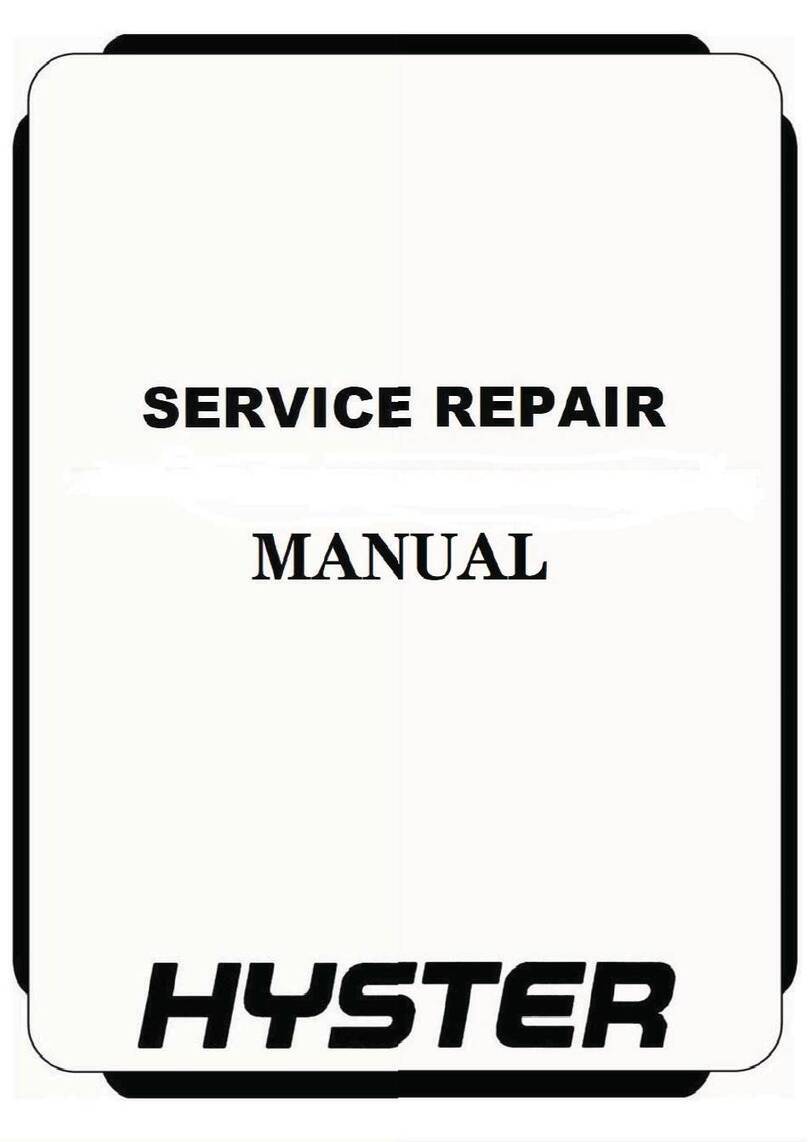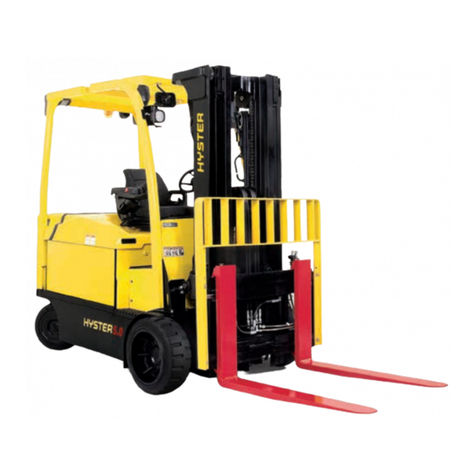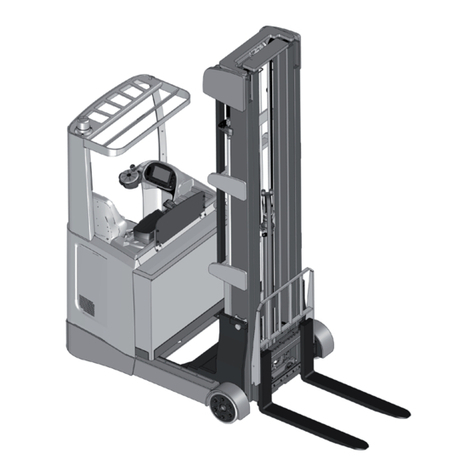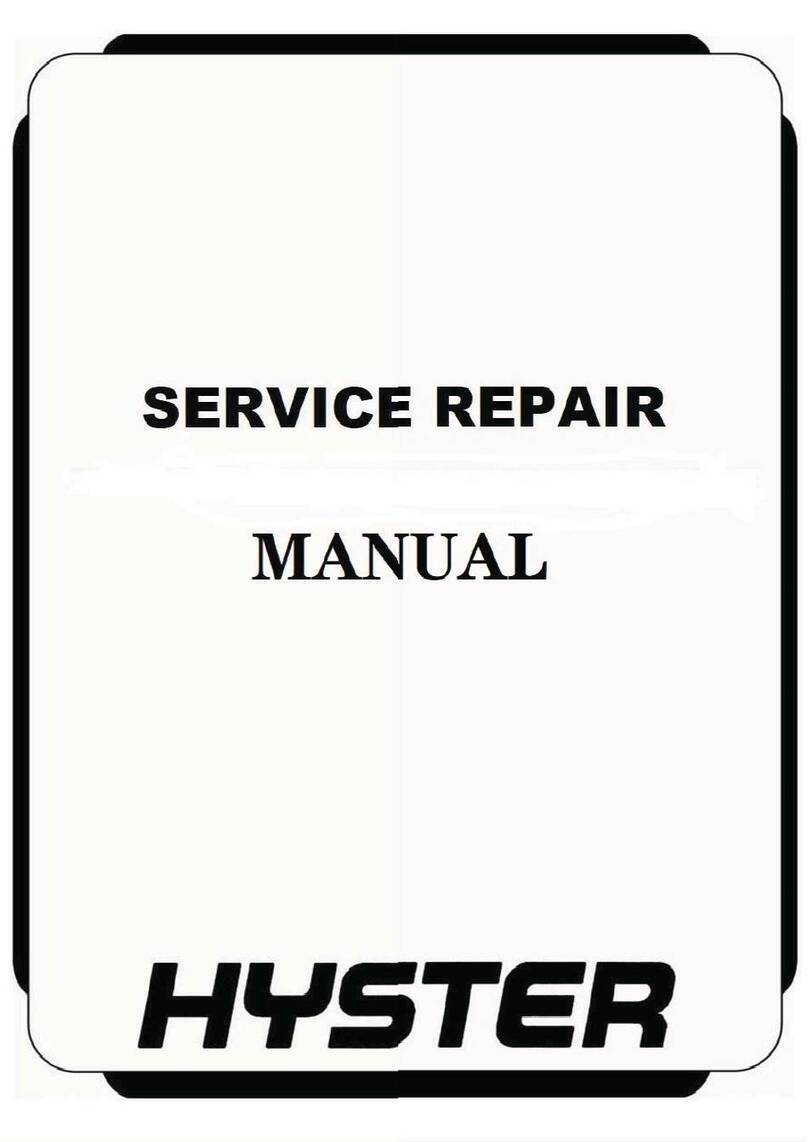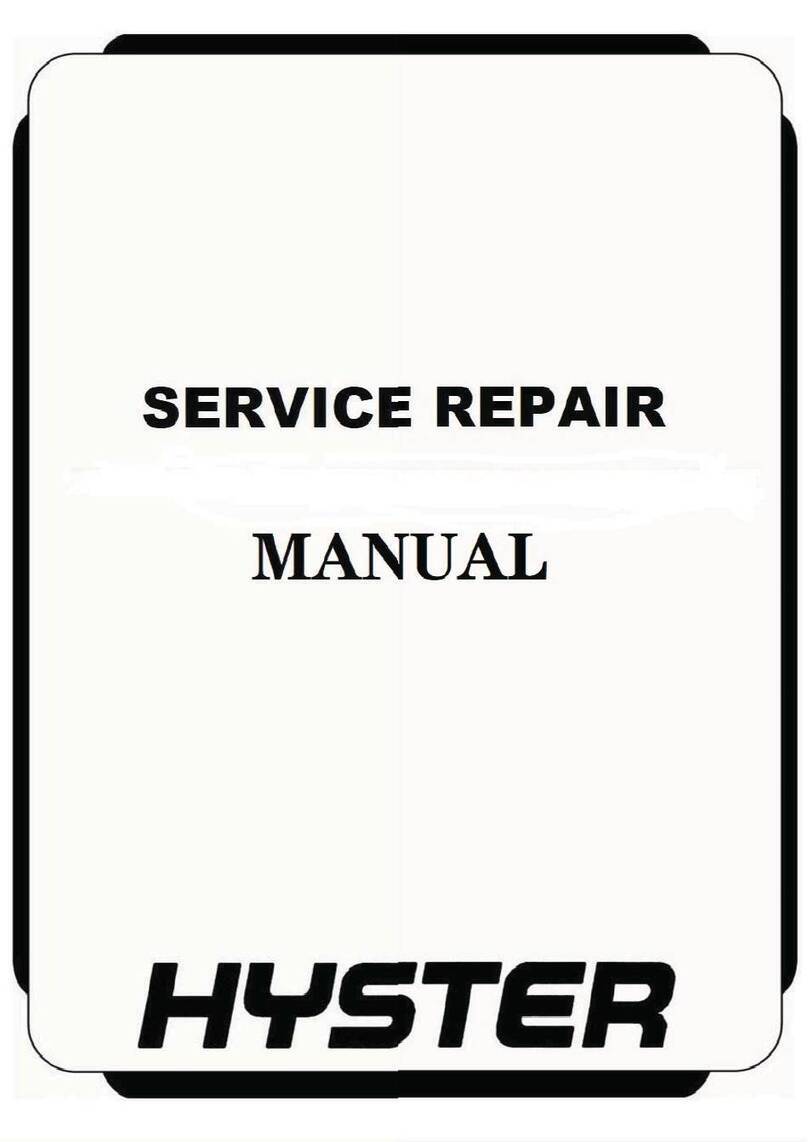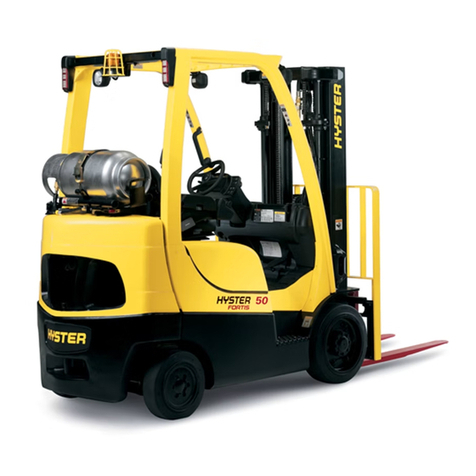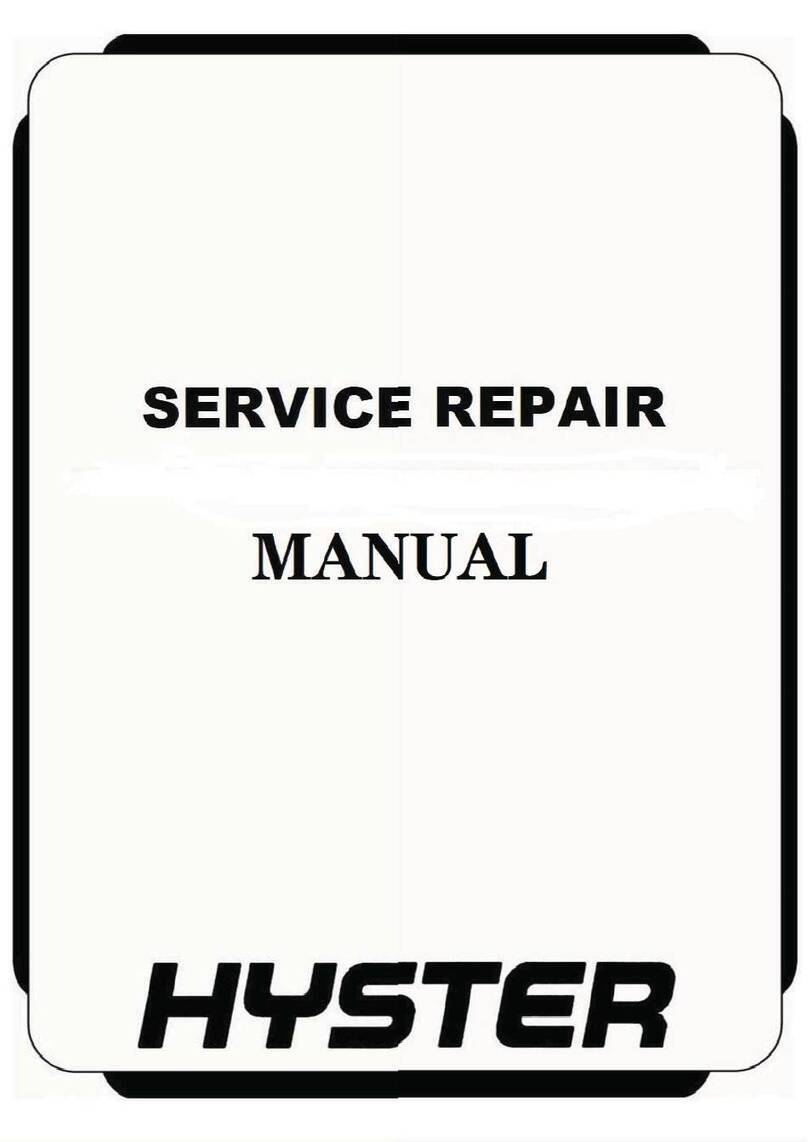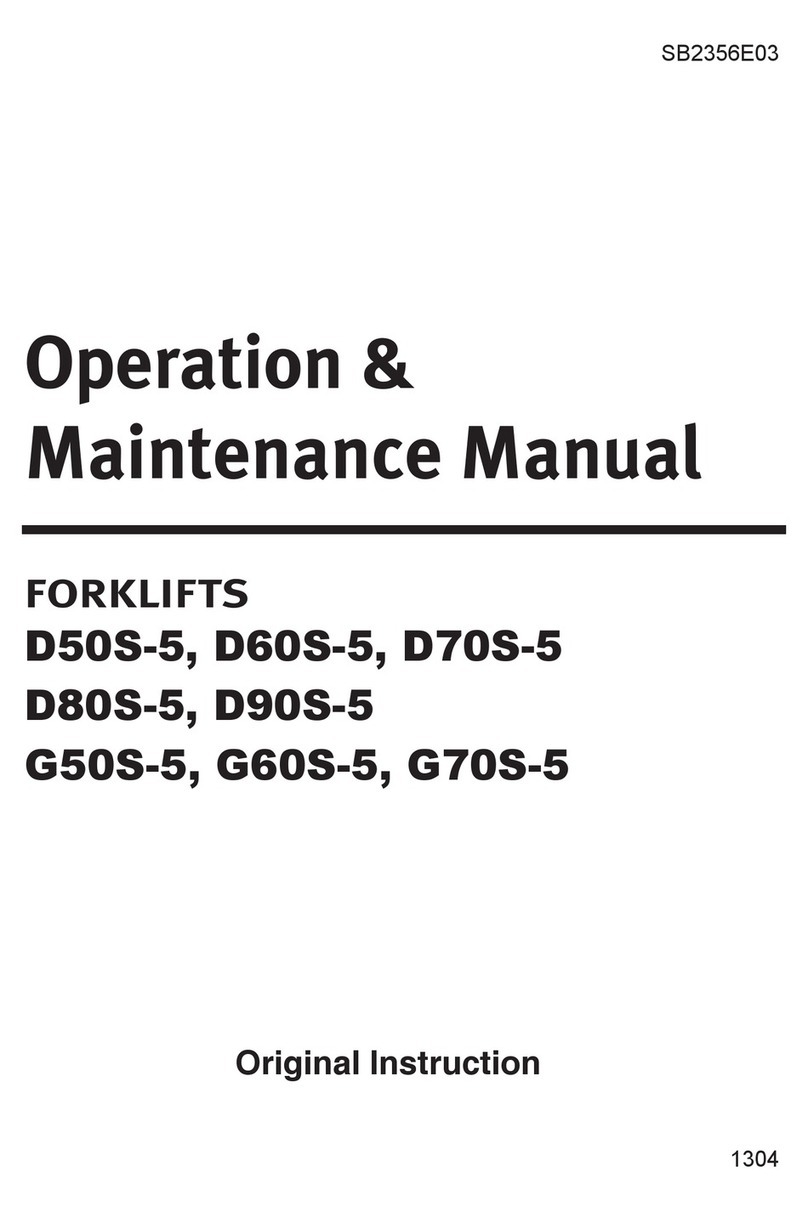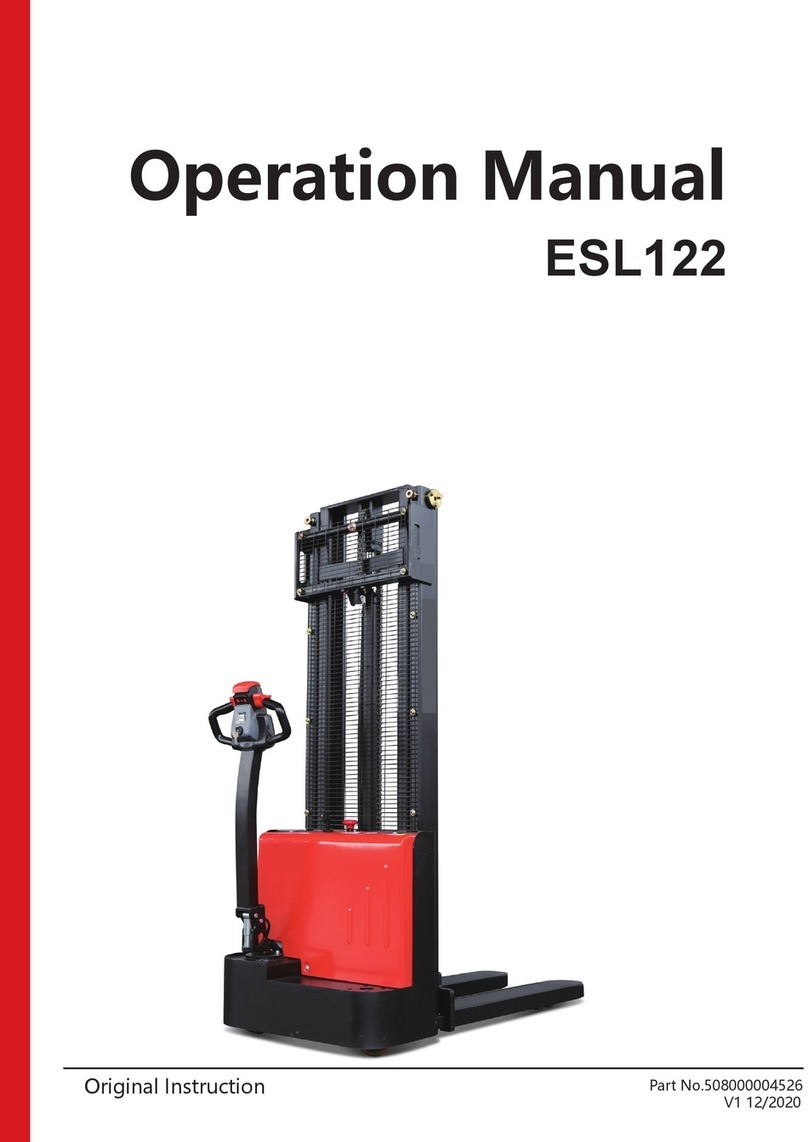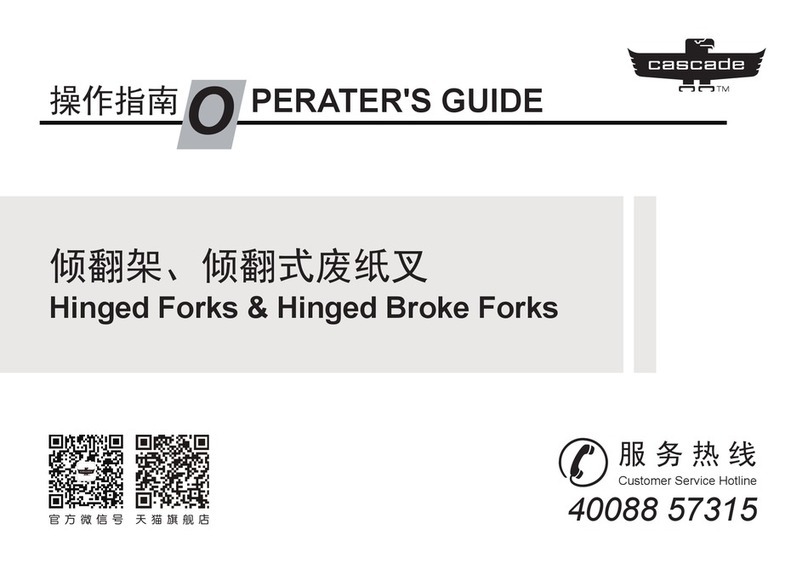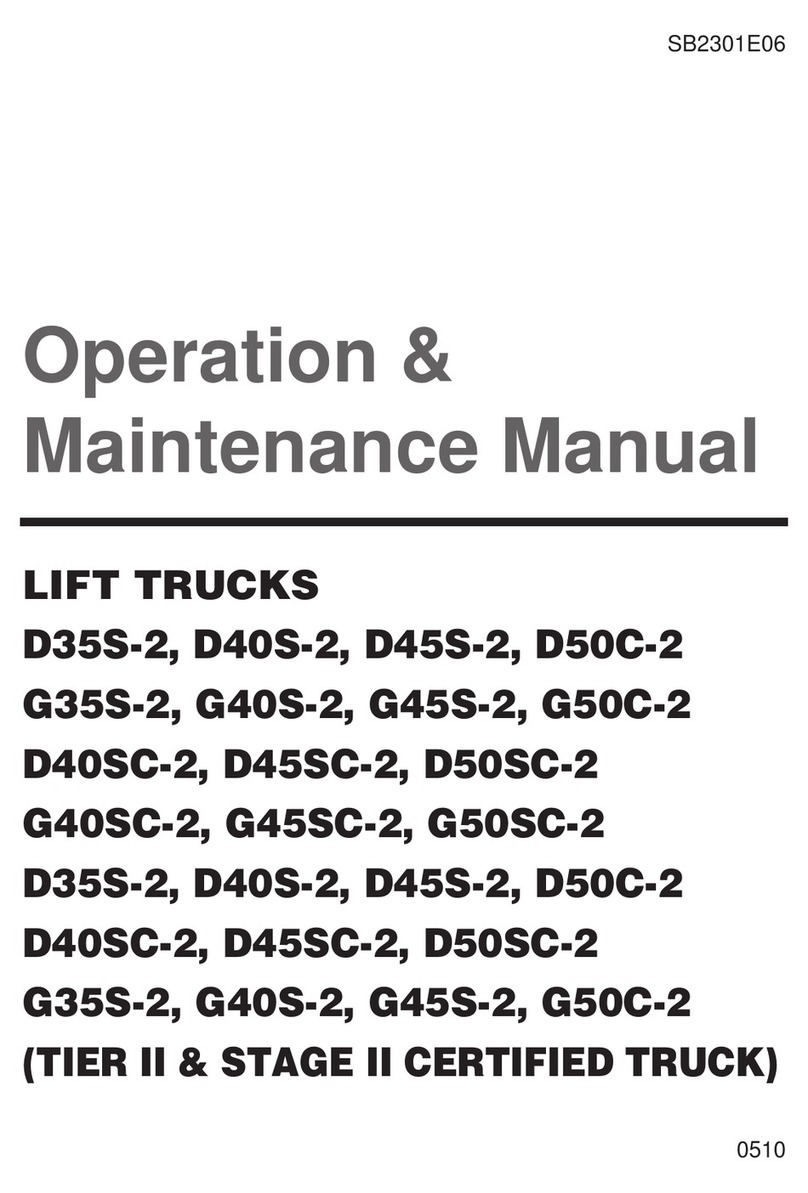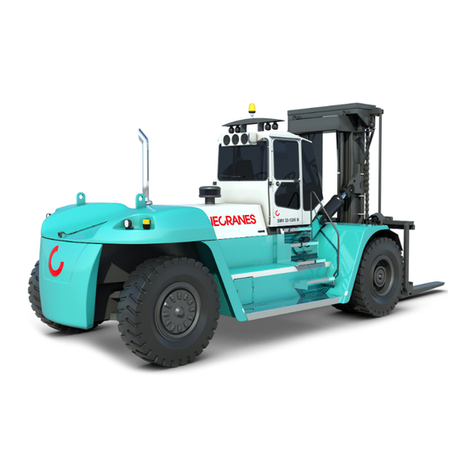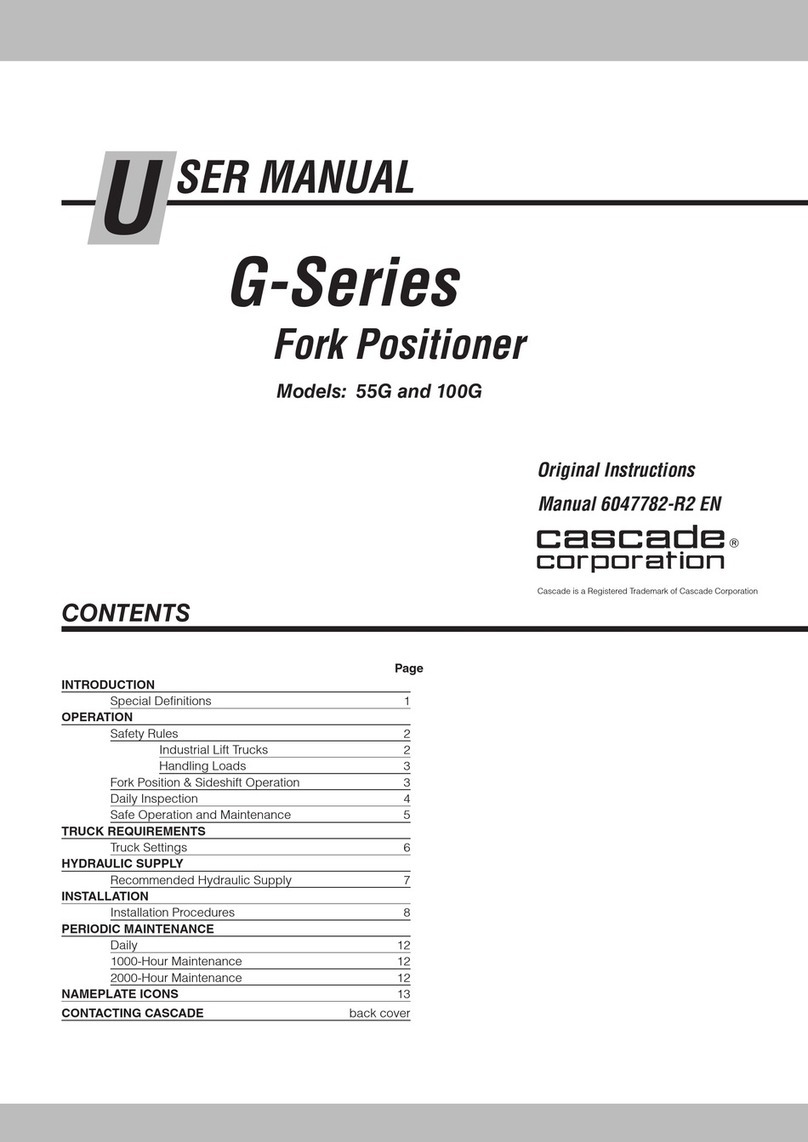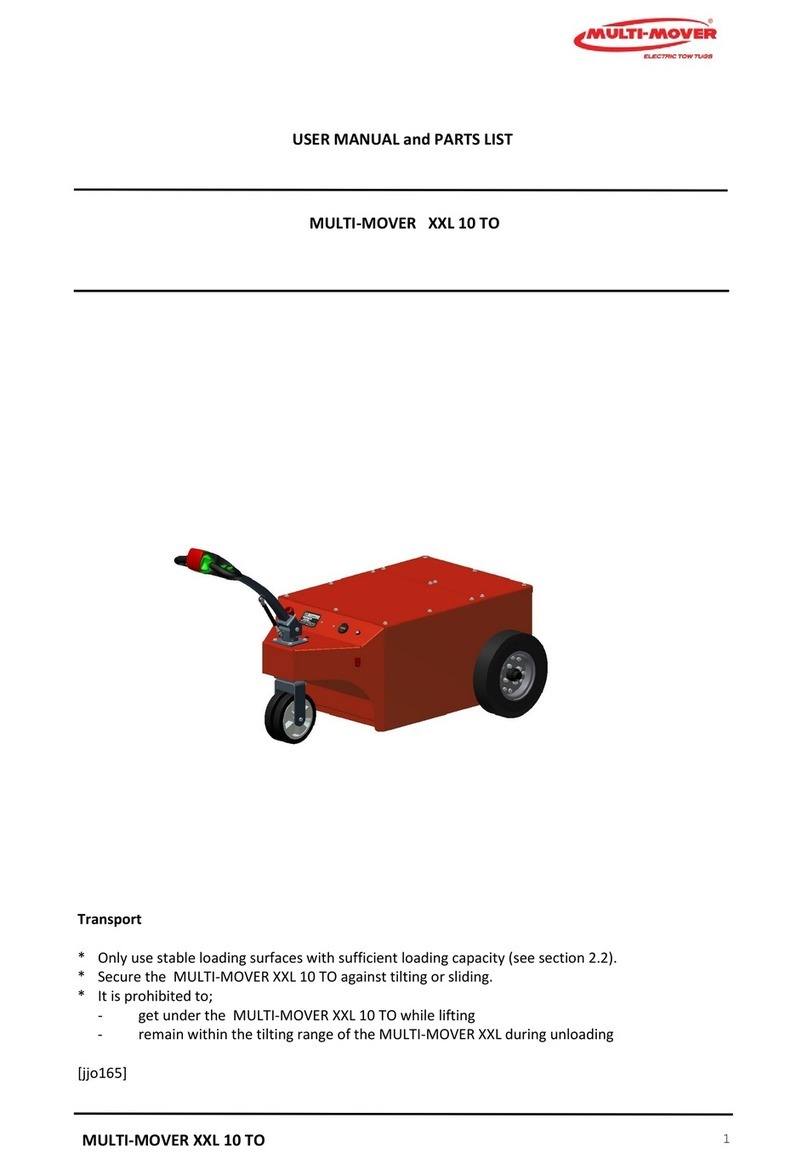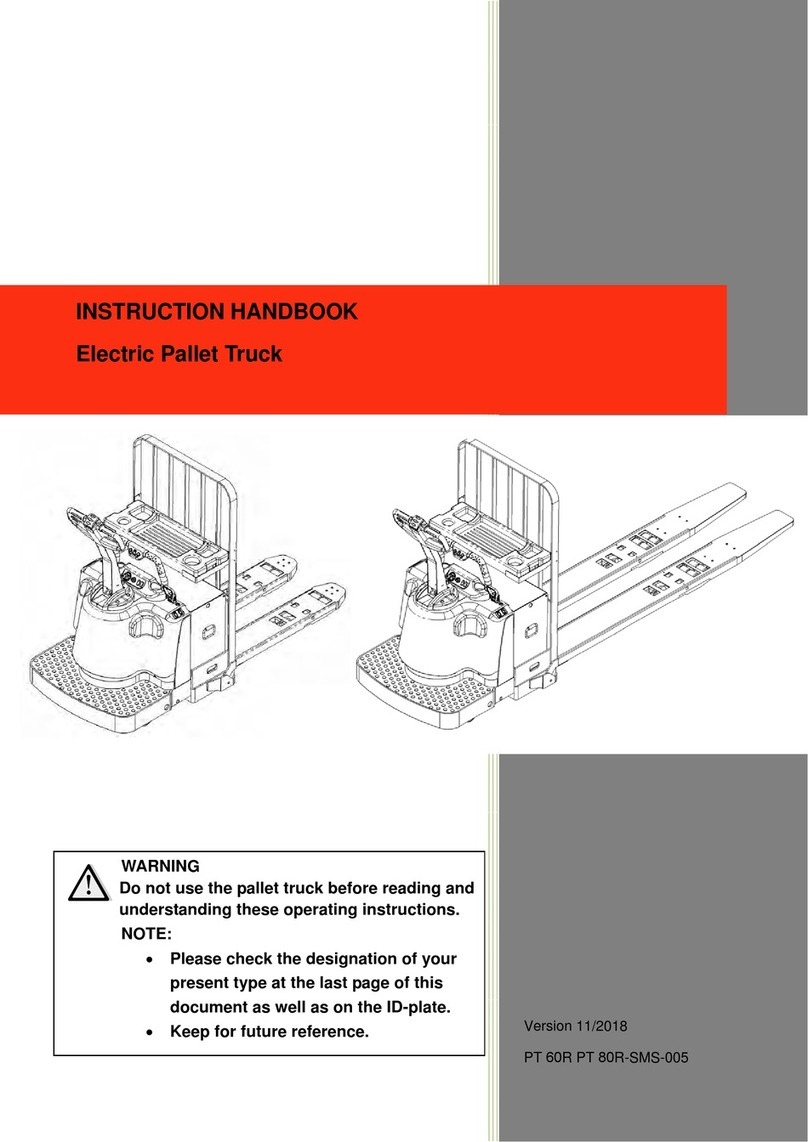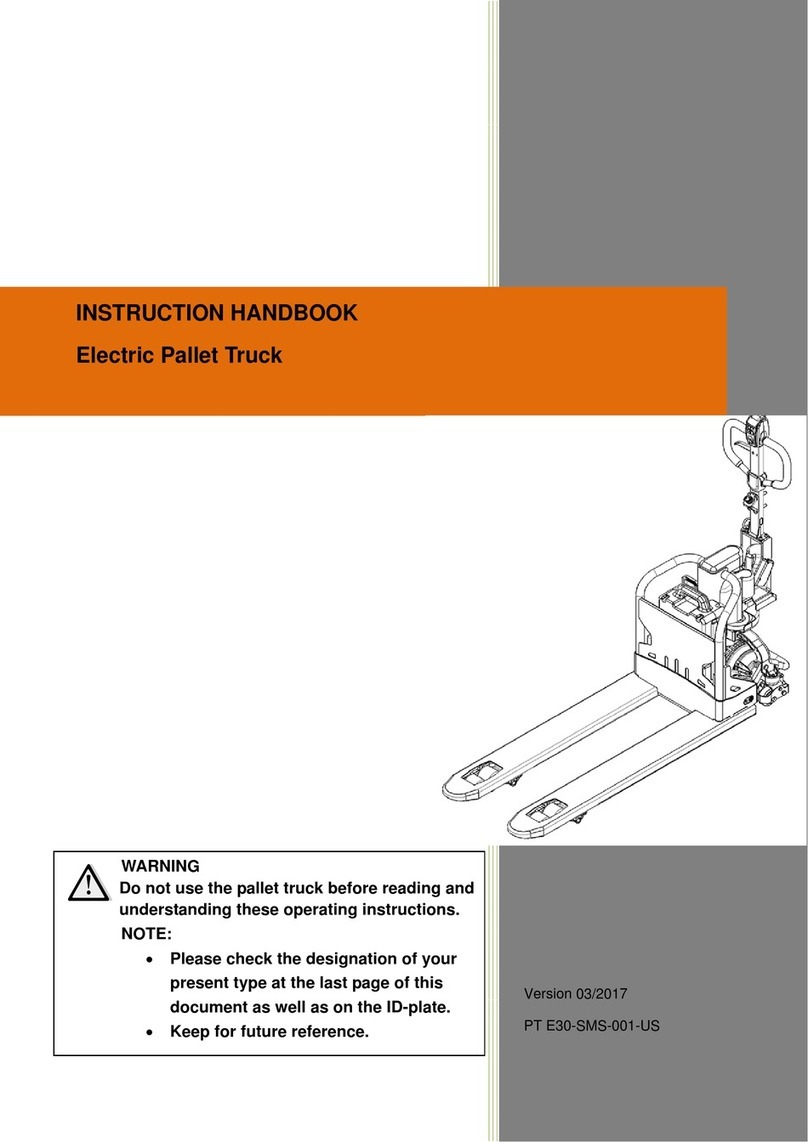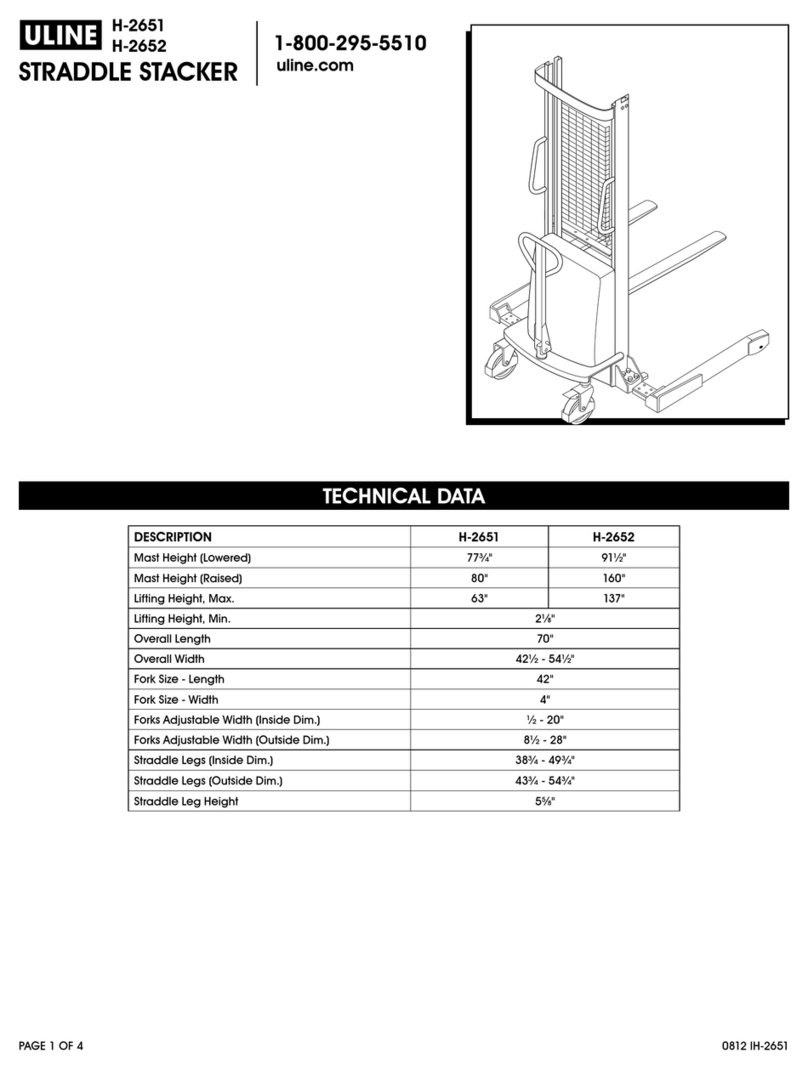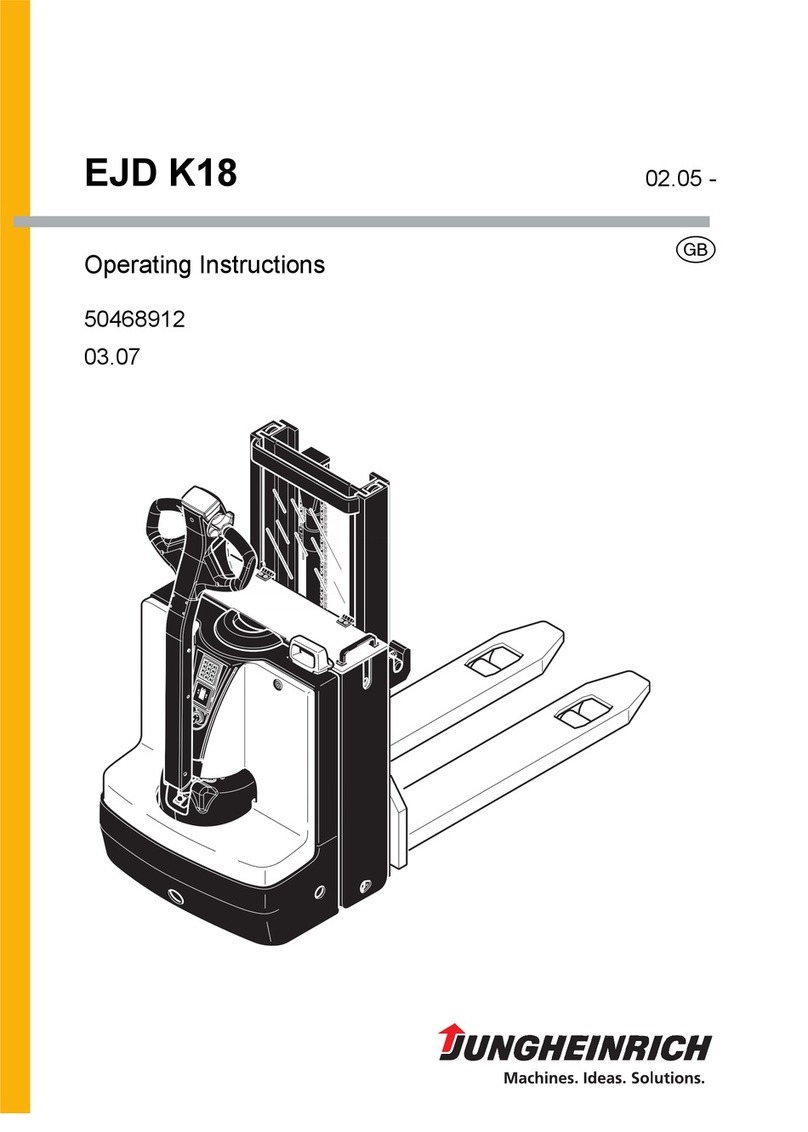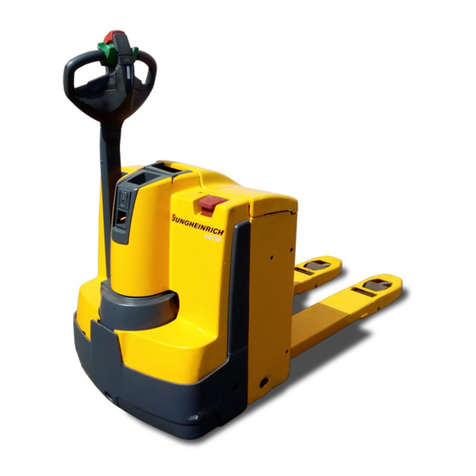
Lift Cylinders Table of Contents
TABLE OF CONTENTS
Safety Procedures When Working Near Mast.................................................................................................. 1
General ............................................................................................................................................................... 5
Description ......................................................................................................................................................... 5
Lowering Control Valve................................................................................................................................. 5
Cylinders (General) ....................................................................................................................................... 8
Cylinders (H520-620B, H700-800A) ............................................................................................................. 8
Retainer, Install......................................................................................................................................... 8
Cylinders (H360-460B).................................................................................................................................. 10
Cylinders (Two-Speed)................................................................................................................................... 12
Lift Cylinder Repair........................................................................................................................................... 14
Lift Cylinder Removal Without Removing Mast..........................................................................................14
Standard Masts With Main Lift Cylinder Fastened to Crossmember of Inner Mast............................ 14
Standard and Full Free-Lift Masts With Lift Cylinder Fastened to Crosshead ................................... 14
Masts That Have Two Cylinders, Main Lift Cylinder and Free-Lift Cylinder ...................................... 14
Disassemble ................................................................................................................................................... 16
Assemble ........................................................................................................................................................ 16
Lift Cylinder Installation in Mast ................................................................................................................ 18
Standard Masts With Main Lift Cylinder Fastened to Crossmember of Inner Mast............................ 18
Standard and Full Free-Lift Masts With Lift Cylinder Fastened to Crosshead ................................... 18
Chevron-Style Packing.................................................................................................................................. 18
Chevron-Style Packing Installation on Piston......................................................................................... 19
Chevron-Style Packing Installation in Packing Gland ........................................................................... 21
Lift Cylinders for VISTA®Masts....................................................................................................................... 22
Description ..................................................................................................................................................... 22
Lowering Control Valve............................................................................................................................. 22
Remove ........................................................................................................................................................... 24
Disassemble ................................................................................................................................................... 25
Assemble ........................................................................................................................................................ 26
Install ............................................................................................................................................................. 27
Main Lift Cylinders................................................................................................................................... 27
Free-Lift Cylinder ..................................................................................................................................... 27
Lift System Leak Check .................................................................................................................................... 28
Specifications...................................................................................................................................................... 29
Troubleshooting.................................................................................................................................................. 30
This section is for the following models:
All Models, ExceptH8.00-12.00XM (H170-280HD) [F007, G007];
H13.00-16.00XM (H300-360HD) [E019, F019];
H10.00-12.00XM-EC (H360HD-EC) [E019, F019];
H20.00-32.00F (H440-700FS) [E008];
H36.00-48.00E (H800-1050E) [D117];
H3.50-5.50XM (H70-120XM) [K005, L005];
S3.50-5.50XM, S5.50XMS (S70-120XM, S120XMS) [E004, F004]
©2003 HYSTER COMPANY i



